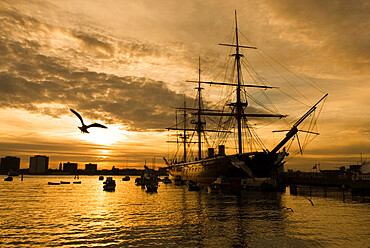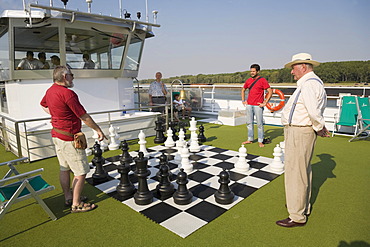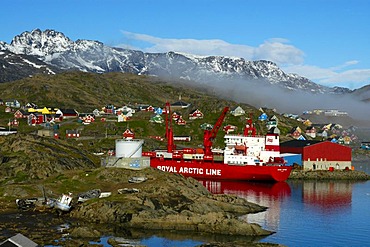Results
27 results found
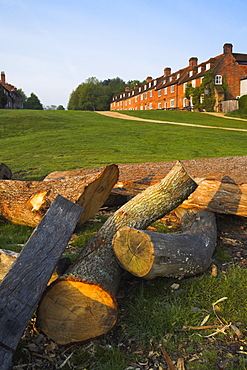
The village of Buckler's Hard built to house shipbuilders who used New Forest timber to build ships for the Royal Navy, New Forest, Hampshire, England, United Kingdom, Europe
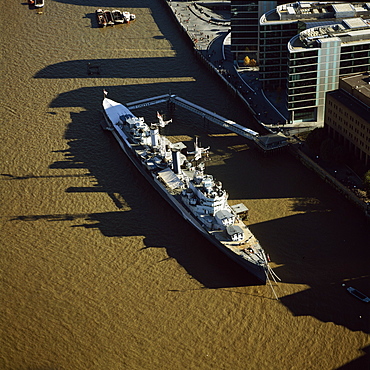
Aerial image of HMS Belfast, a Royal Navy Town-class cruiser, on the River Thames, London, England, United Kingdom, Europe
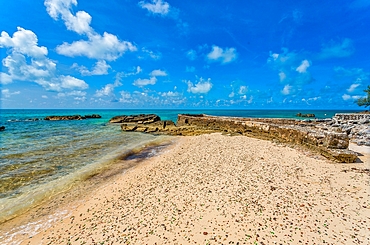
Glass Beach, site of large quantities of sea glass, from shipwrecks and bottles thrown into the sea from the Royal Navy Dockyard over hundreds of years, Bermuda, Atlantic, North America
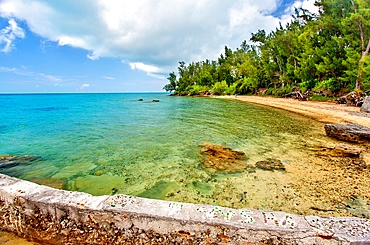
Glass Beach, site of large quantities of sea glass, from shipwrecks and bottles thrown into the sea from the Royal Navy Dockyard over hundreds of years, Bermuda, Atlantic, North America
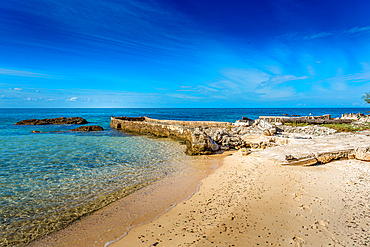
Glass Beach, site of large quantities of sea glass, from shipwrecks and bottles thrown into the sea from the Royal Navy Dockyard over hundreds of years, Bermuda, Atlantic, North America
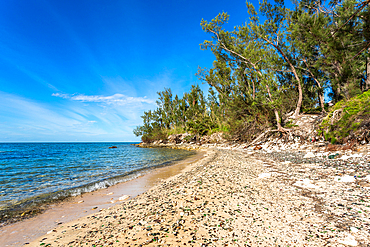
Glass Beach, site of large quantities of sea glass, from shipwrecks and bottles thrown into the sea from the Royal Navy Dockyard over hundreds of years, Bermuda, Atlantic, North America

Glass Beach, site of large quantities of sea glass, from shipwrecks and bottles thrown into the sea from the Royal Navy Dockyard over hundreds of years, Bermuda, Atlantic, North America
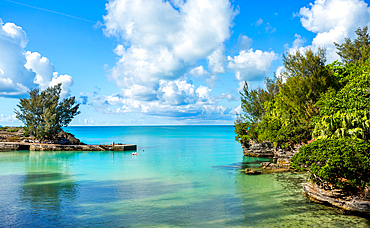
Admiralty House Park beach, Pembroke Parish, Bermuda, Atlantic, Central America. Once the park was the base for the local Royal Navy chief and the beach was used by Naval Officers.
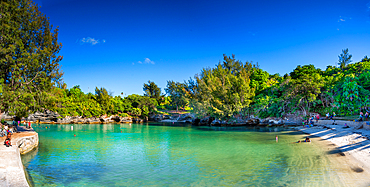
Admiralty House Park beach, Pembroke Parish, Bermuda, Atlantic, Central America. Once the park was the base for the local Royal Navy chief and the beach was used by Naval Officers.
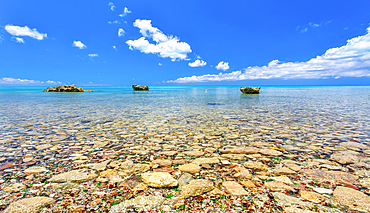
The blue Sargasso Sea (with pieces of sea glass glinting beneath) at Glass Beach, Ireland Island South, Somerset, Bermuda, which has large quantities of sea glass from shipwrecks and bottles from the Royal Navy Dockyard built up over hundreds of years.
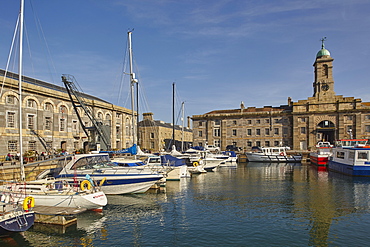
Royal William Yard, once a Royal Navy dockyard, now a place of yachts and restaurants, Plymouth, Devon, England, United Kingdom, Europe

Centuries Old Cannons, Havana Castle of the Royal Force (Castillo de la Real Fuerza), Havana Old Town, UNESCO, Havana, Cuba
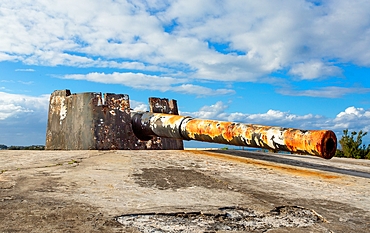
St. David's Battery, UNESCO, four guns installed 1910 by British to defend deep water channel leading to Royal Navy Dockyard and Hamilton, Bermuda

St. David's Battery, UNESCO, four guns installed 1910 by British to defend deep water channel leading to Royal Navy Dockyard and Hamilton, Bermuda
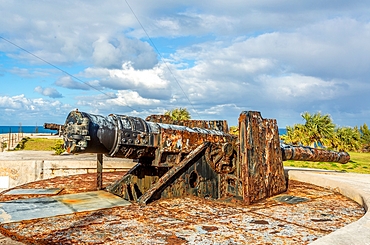
St. David's Battery, UNESCO, four guns installed 1910 by British to defend deep water channel leading to Royal Navy Dockyard and Hamilton, Bermuda
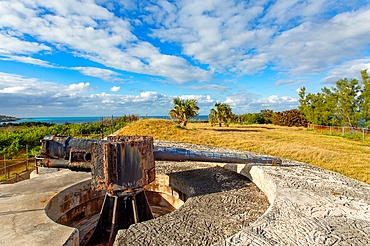
St. David's Battery, UNESCO, four guns installed 1910 by British to defend deep water channel leading to Royal Navy Dockyard and Hamilton, Bermuda
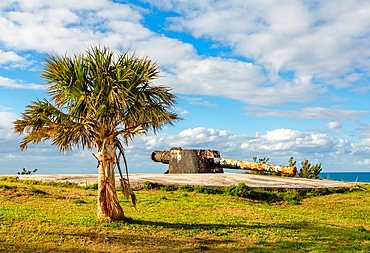
St. David's Battery, UNESCO, four guns installed 1910 by British to defend deep water channel leading to Royal Navy Dockyard and Hamilton, Bermuda
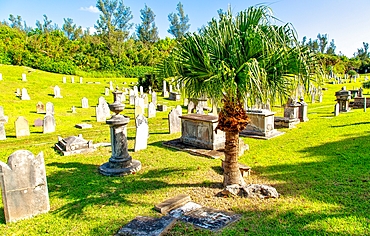
The Royal Navy Cemetery (The Glade), opened in 1812, containing over 1000 graves including 24 from World War I and 39 from WWII, managed by the Bermuda National Trust, Sandys Parish, Bermuda, Atlantic, North America

The Royal Navy Cemetery (The Glade), opened in 1812, containing over 1000 graves including 24 from World War I and 39 from WWII, managed by the Bermuda National Trust, Sandys Parish, Bermuda, Atlantic, North America
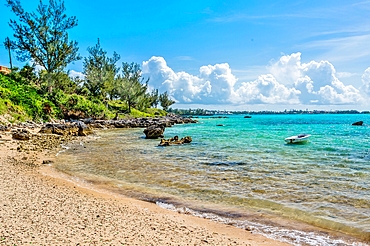
Glass Beach, site of large quantities of sea glass, from shipwrecks and bottles thrown into the sea from the Royal Navy Dockyard over hundreds of years, Bermuda, Atlantic, North America
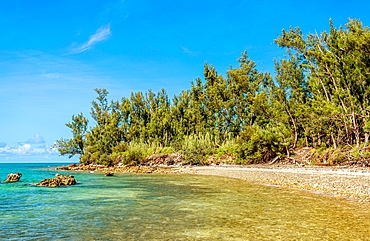
Glass Beach, site of large quantities of sea glass, from shipwrecks and bottles thrown into the sea from the Royal Navy Dockyard over hundreds of years, Bermuda, Atlantic, North America
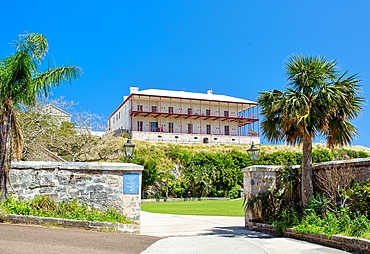
The Commissioner's House, the first cast iron house in the world, cast in England, assembled at the Royal Navy Dockyard in 1827, used by the Commissioner in charge of the Dockyard, then by the British Army, Dockyard, Bermuda, Atlantic, North America
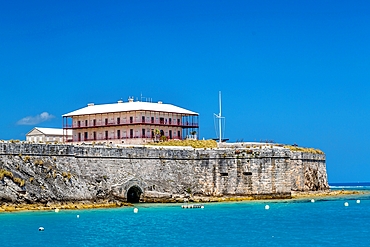
The Commissioner's House, the first cast iron house in the world, cast in England, assembled at the Royal Navy Dockyard in 1827, used by the Commissioner in charge of the Dockyard, then by the British Army, Dockyard, Bermuda, Atlantic, North America

Statue by Tom Murphy, of Captain Frederick John Walker, noted World War II British Royal Navy officer, anti-submarine warfare commander and namesake for the whisky, near Albert Dock, Liverpool, Merseyside, England, United Kingdom, Europe
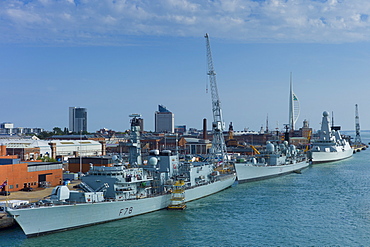
Royal Navy ships HMS Kent 23 frigate F78, HMS Edinburgh 42 destroyer D97, HMS Dragon 45 destroyer D35, Portsmouth Naval Base

HMS Warrior, the first armour-plated, iron-hulled warship, built for the Royal Navy in 1860, Portsmouth Historic Docks, Portsmouth, Hampshire, England, United Kingdom, Europe
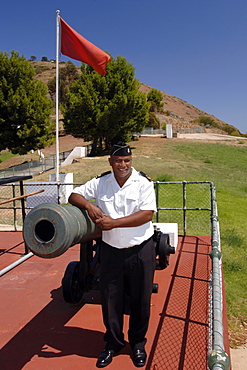
Chief Petty Officer Dudley Malgas of the South African Navy posing alongside the noon gun cannon in Cape Town. CPO Malgas has been in charge of firing the canon since 1995.
The daily noon gun is Cape Town’s oldest living tradition and the two cannons used are the oldest guns in daily use in the world. They have marked the midday hour in the mother city in this distinctive, albeit noisy manner since early 1806. The cannons were cast in Britain in 1794 and still bear the royal crest of King George the third. The firing of the cannon was originally to give ships in the bay a means of re-setting their clocks accurately.
